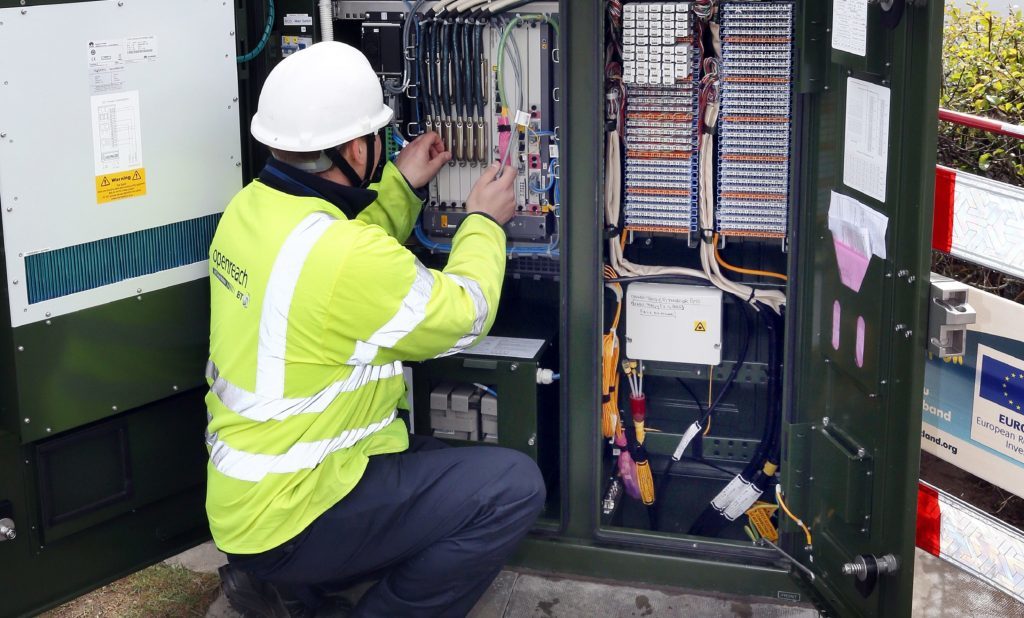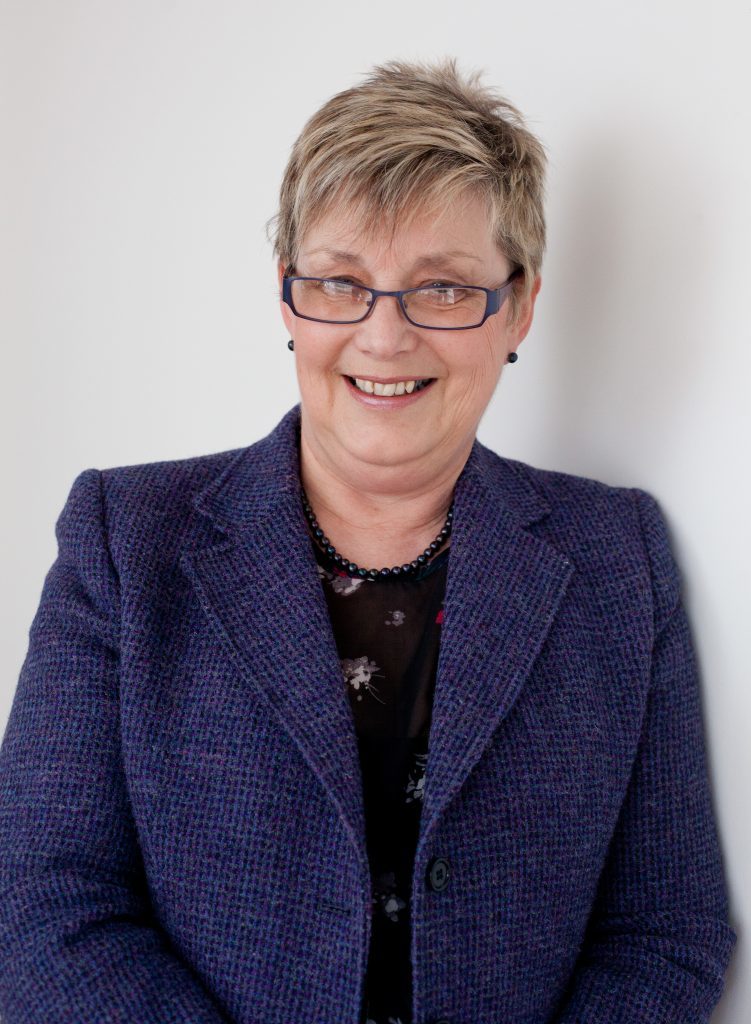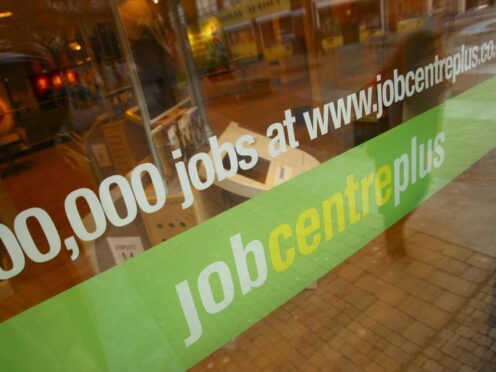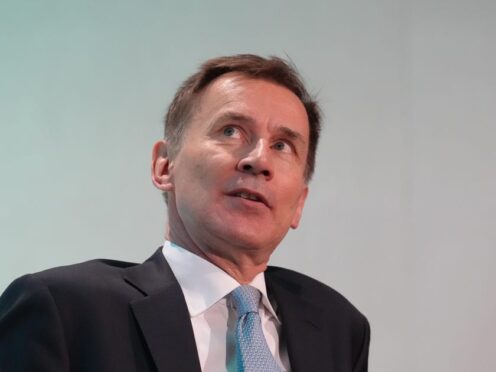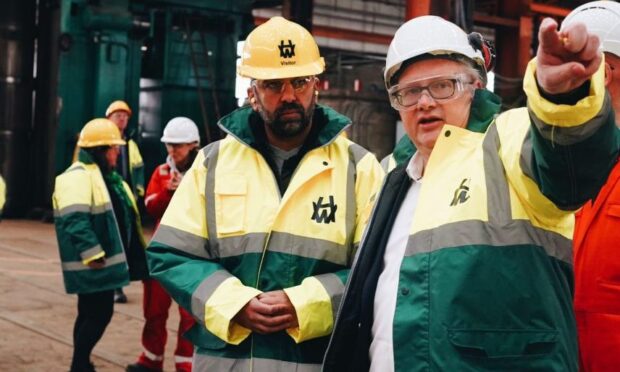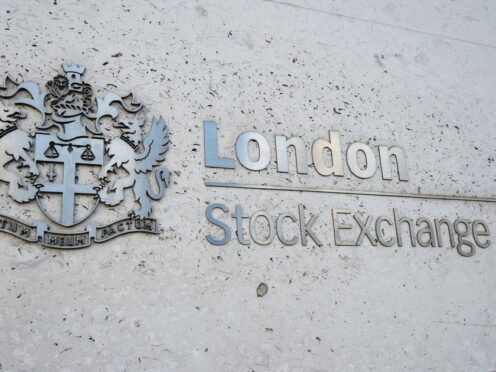Janet Torley is a member of the Federation of Small Businesses’ (FSB) Scottish Policy Unit – and runs Practical Marketing, a communications business, from Dunfermline . Here she tells Michael Alexander about the importance of broadband connectivity and investment.
How well covered is Scotland when it comes to broadband infrastructure?
Official statistics show that Scotland’s broadband infrastructure is improving rapidly, but still lags well behind England. So, figures from Ofcom show that 73 per cent of Scottish smaller firms could access superfast speeds in 2016 – compared to 55 per cent the year before. South of the border last year, 90 per cent of premises could get a good connection. Scotland needs to work hard to both close the gap with England – but we must also keep our international competitors in our sights. Experts highlight that places like South Korea and the Nordic countries have similar geographies but better connectivity.
How important is it for businesses to have access to fast broadband connection?
Fast broadband is especially important for firms which need to transfer large files – like architects and graphic designers. All sorts of hospitality businesses now have to offer their customers wi-fi with their white wine. But – perhaps more important than speed is reliability. Many firms are integrating digital systems into their operations, and these can fall down without a good connection. Even if your vehicle management or teleconferencing system takes up a pile of bandwidth, you still want your team to do their work.
Do rural areas face particular problems when it comes to access and what are the consequences for businesses if they don’t?
Unsurprisingly, rural Scotland lags behind our cities for both mobile and broadband coverage. Less than half of Scottish rural premises can access superfast speeds. Less than 40 per cent of Scotland’s land mass has mobile coverage from all four operators. We regularly hear from business owners looking to move locations because of poor levels of connectivity. Every time that happens, you’re moving local jobs and growth in a forward-looking company to our more built up areas. That’s bad news for rural Scotland.
Is local and central government doing enough to ensure there is adequate coverage?
Every level of government has a responsibility to ensure Scotland keeps up. The Scottish Government has promised a superfast broadband connection for every building in Scotland by 2021. That’s a bold target – but, for business, progress can’t come fast enough. What will be especially important is that this big investment delivers for the long term – that must mean delivering connection speeds fit for the future. The UK Government is still charged with overall responsibility for the telecoms market – and has promised action to improve connections – which could help fund work in Scotland. Telecoms providers argue that the planning system can push up costs – so local government must keep tabs on whether their systems encourage improvement. The regulator, Ofcom, has recently ordered BT to split its business wing from its infrastructure wing. FSB has argued that this must result in a better quality of service for firms because too many members report issues with repairing faults and establishing connections.
How important is broadband infrastructure to the Tayside and Fife economies?
It is well-known that Dundee is Scotland’s digital hub – if these fast growing companies can’t get access to the connections and skills they need, they’ll move.Courier Country is also a tourism hotspot – and many accommodation providers in rural areas complain that they cannot get connections that suit their operations. If visitors to Scotland think that we’re a digital backwater, what chance do we have tempting them back? And, if visitors can’t get a decent data signal of their mobile devices and can’t, say, browse nearby businesses when they’re here, how many brilliant shops, pubs, cafes or restaurants are missing out on their custom?
What role does FSB Scotland play in pushing for broadband access?
At both Holyrood and Westminster, FSB continues to make the case to politicians that they need to deliver rapid improvements to our digital infrastructure – specifically broadband and mobile coverage. We’ve argued hard in the media – and showed politicians the impact that bad connections can have on local business.
In addition, FSB members get to access our own award-winning telecoms service provider. FSB Communications aren’t tied to any one network or supplier, but provide impartial free advice.
How important will technology be for businesses in future?
Three quarters of Scottish businesses say that digital technologies are important to their plans for growth. For firms to take advantage of new tech, they need the right skills and access to the right infrastructure. A recent FSB report warned that many Scottish firms need to watch out that they don’t end up like the video rental shop. It is no longer the case that businesses in certain sectors or geographies are insulated from rapid technological change.
